Rotator Cuff Injury: Practice Essentials, Epidemiology, Functional Anatomy
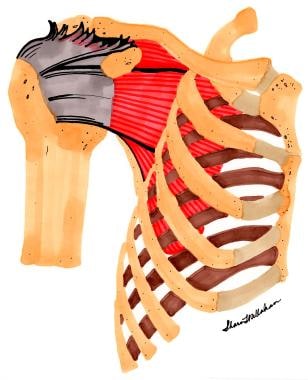
By A Mystery Man Writer
Rotator cuff injuries are a common cause of shoulder pain in people of all age groups. They represent a spectrum of disease, ranging from acute reversible tendinitis to massive tears involving the supraspinatus, infraspinatus, and subscapularis.
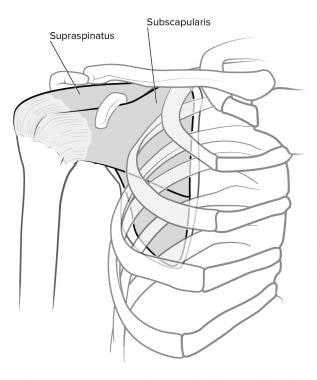
Rotator Cuff Injury Management in the ED: Practice Essentials, Pathophysiology, Prognosis

Current understanding of the diagnosis and management of the tendinopathy: An update from the lab to the clinical practice - ScienceDirect

Manual Muscle Testing: Shoulder Flexion - Physiopedia

Rotator Cuff Shoulder Tendon and Muscle Injuries

Rotator Cuff Tears: Clinical, Radiographic, and US Findings

PDF) No effect of short term cross-education training on concentric contralateral shoulder strength

Rotator Cuff Injury: Practice Essentials, Epidemiology, Functional Anatomy
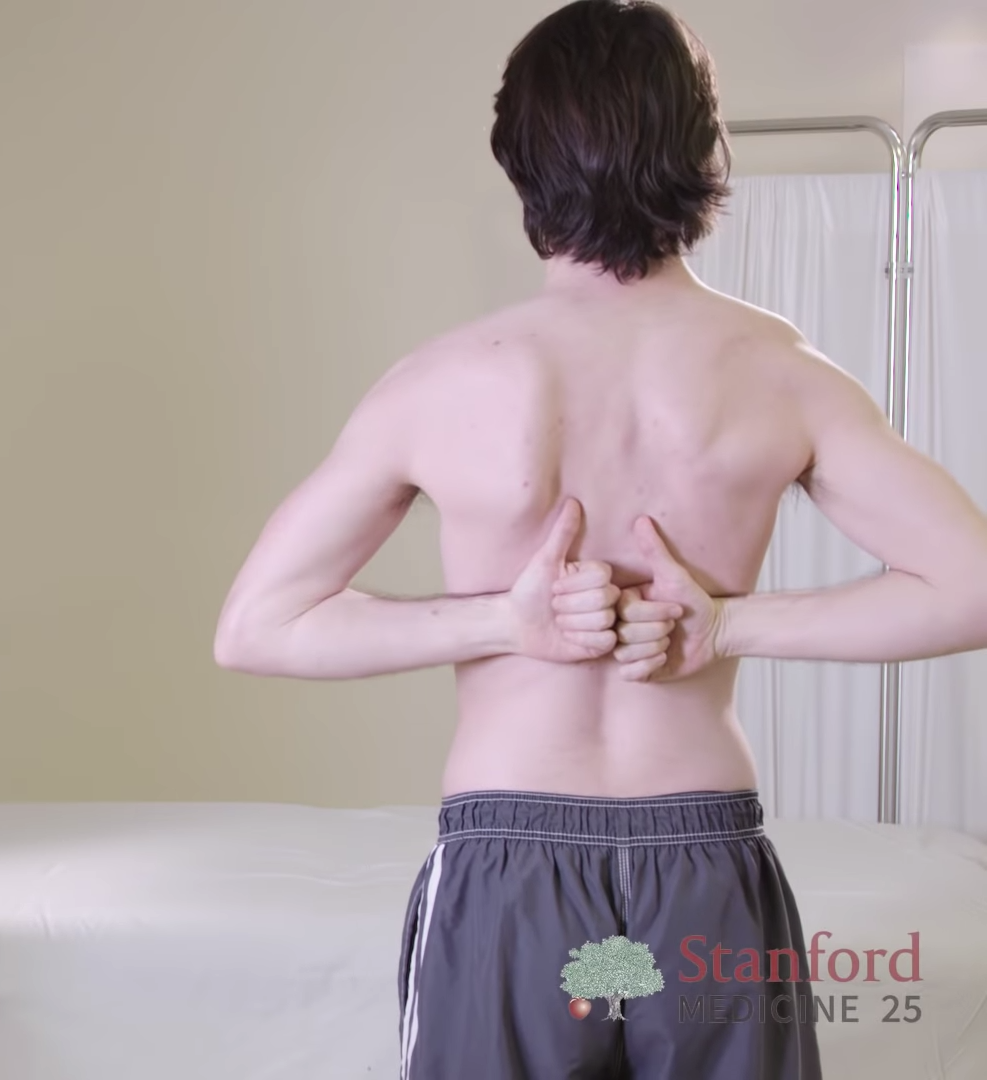
Shoulder Exam Tutorial, Stanford Medicine 25
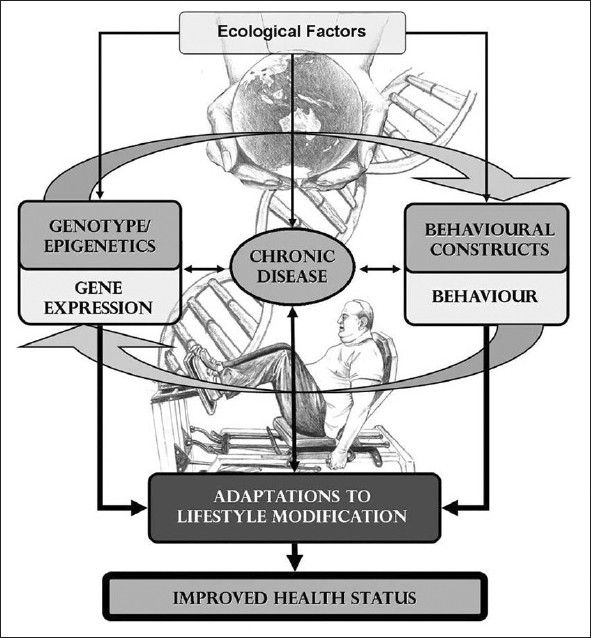
International Exercise Recommendations in Older Adults (ICFSR): Expert Consensus Guidelines
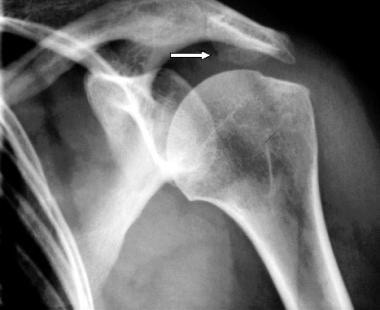
Rotator Cuff Disease: Practice Essentials, Pathophysiology, The extrinsic hypothesis
In anatomy, the rotator cuff is a group of muscles and their tendons that act to stabilize the shoulder. The four muscles of the rotator cuff are over

THE ROTATOR CUFF: INJURIES AND TEARS: Anatomy, Physiology, Examination and Special Tests: PUBLICATIONS, RED DOT: 9781522094456: : Books

Rotator Cuff Tears: Clinical, Radiographic, and US Findings
- Rotator Cuff Tears Part One - Traumatic Tears And Diagnosis
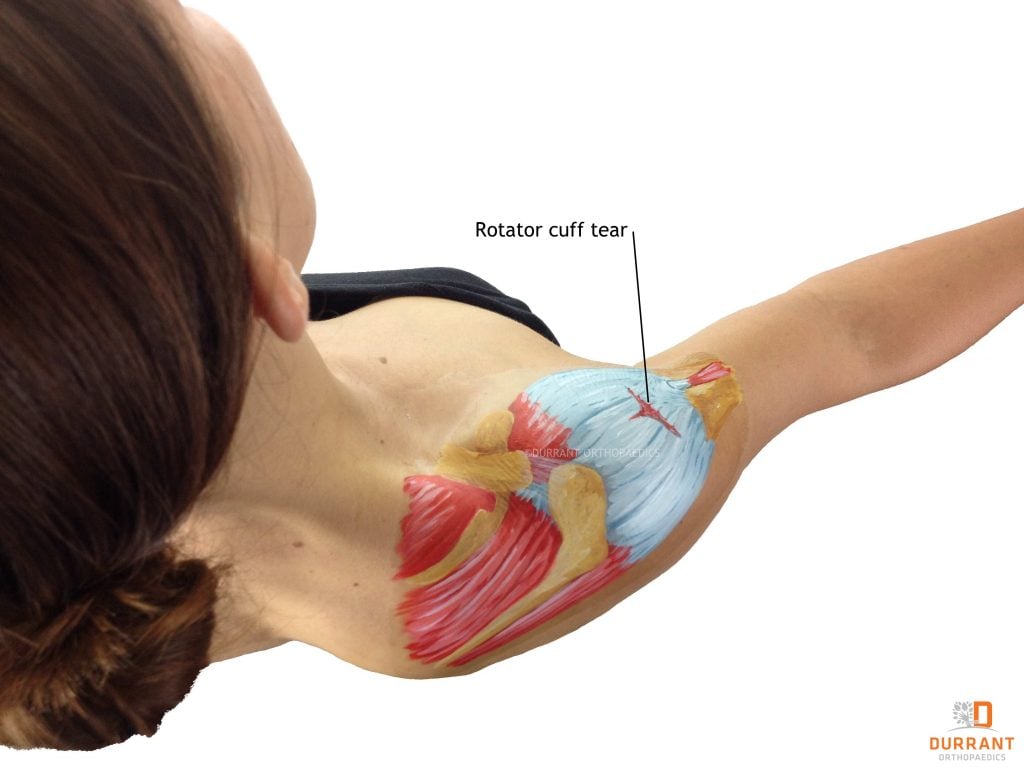
- Shoulder Impingement/Rotator Cuff Tendinitis - OrthoInfo - AAOS
- Rotator Cuff Tear Orthopedic Doctors in Greater Grand Rapids, MI

- Rotator Cuff Injury/Subacromial Bursitis - Injuries and Poisoning - Merck Manuals Consumer Version
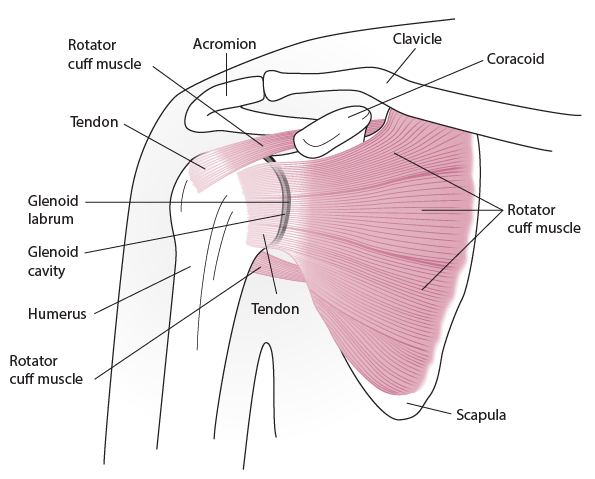
- Rotator Cuff Tears - Eastside Medical Group

- 12 EXERCISES TO TONE BACK & REDUCE FAT - Slim & Strong Back

- Rainbow Bralette Women's Lace Bralette Bralette for Women Triangle Cups Push Up Bra for Women Bras None, Black, Small : : Clothing, Shoes & Accessories

- ZARA NEW WOMAN HIGH-WAIST TROUSERS WITH LINED BELT PANT YELLOW XS-XL 4387/630

- Everyday Luxe 2.0 Nursing & Hands-Free Pumping Bra - Powder Blue

- Jk Style Calentadores Piernas Rayas Mujer Calentadores - Temu
